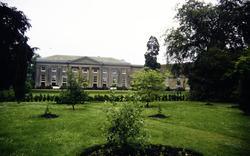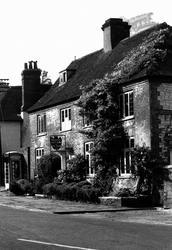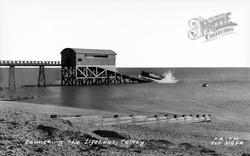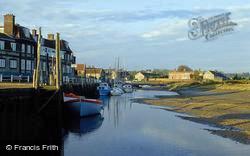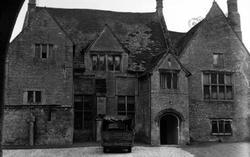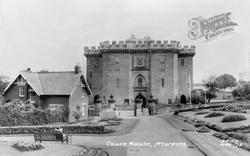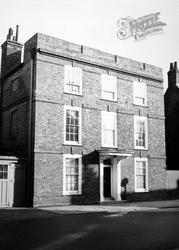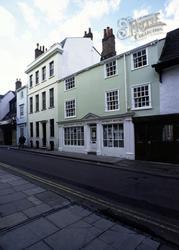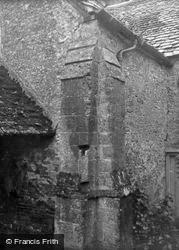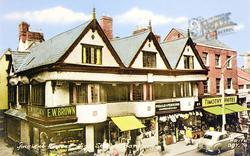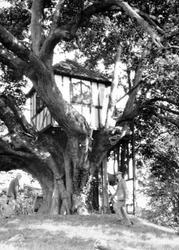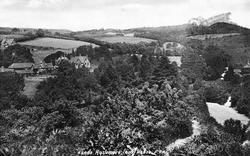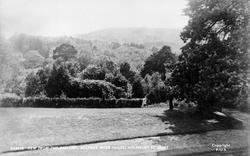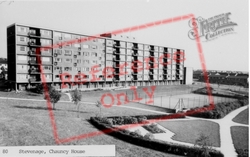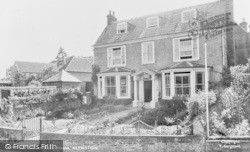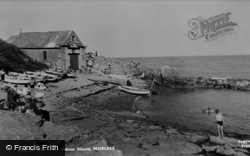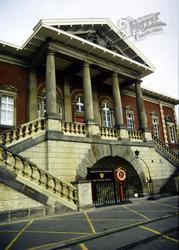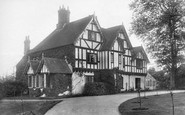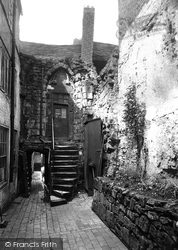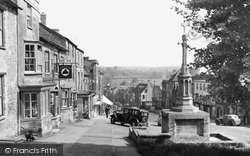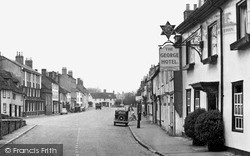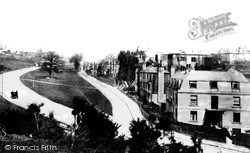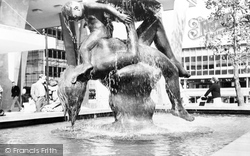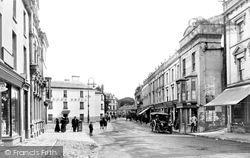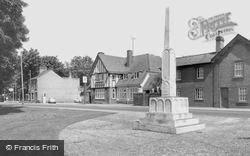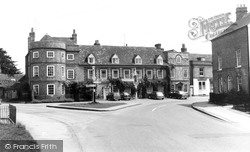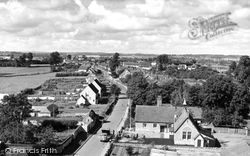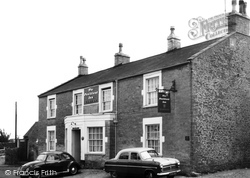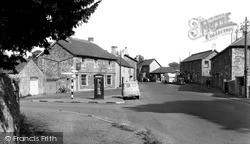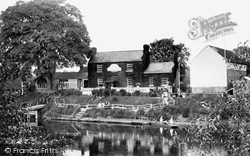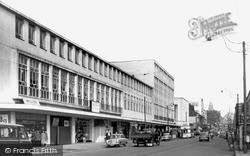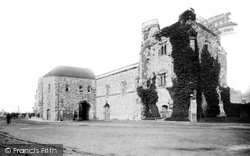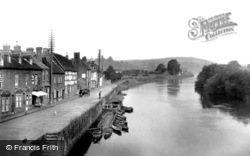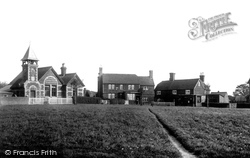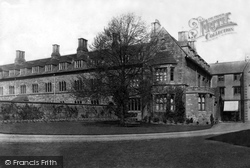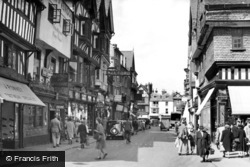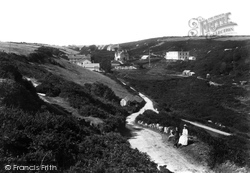Places
36 places found.
Those places high-lighted have photos. All locations may have maps, books and memories.
- Chatsworth House, Derbyshire
- Osborne House, Isle of Wight
- Brambletye House, Sussex
- Ickworth House, Suffolk
- Kingston Lacy House, Dorset
- Boscobel House, Shropshire
- Preshute House, Wiltshire
- Bolton Houses, Lancashire
- Brick Houses, Yorkshire
- Quaking Houses, Durham
- Water Houses, Yorkshire
- Bottom House, Staffordshire
- New House, Kent
- Mite Houses, Cumbria
- Lyneham House, Devon
- Church Houses, Yorkshire
- Dye House, Northumberland
- Spittal Houses, Yorkshire
- Street Houses, Yorkshire
- Tow House, Northumberland
- Halfway House, Shropshire
- Halfway Houses, Kent
- High Houses, Essex
- Flush House, Yorkshire
- White House, Suffolk
- Wood House, Lancashire
- Bank Houses, Lancashire
- Lower House, Cheshire
- Marsh Houses, Lancashire
- Chapel House, Lancashire
- Close House, Durham
- Guard House, Yorkshire
- Hundle Houses, Lincolnshire
- Hundred House, Powys
- Thorley Houses, Hertfordshire
- School House, Dorset
Photos
7,776 photos found. Showing results 2,761 to 2,780.
Maps
370 maps found.
Books
1 books found. Showing results 3,313 to 1.
Memories
10,360 memories found. Showing results 1,381 to 1,390.
Grandparents In Service
My paternal grandparents used to work in service at Wonham while my father was a young boy in the years before WW2. I believe my grandmother was a cook and my grandfather was a driver/handyman. I think my father ...Read more
A memory of South Godstone by
Stokesleys 2nd. Fire Station
For the information of readers, it may be of interest to note that the building just past the Town Hall Block, left side, was known as the Shambles and in the 1800s and early 1900s was open fronted and used as a ...Read more
A memory of Stokesley in 1920 by
Highgate
I used to stay in Beverley with my Aunt who lived at 45 Highgate. She used to knit toys and sell them at her front door, the money she raised went to Beverley Minster to buy cassocks for the choir. Her name was Gertie Forest, she lived ...Read more
A memory of Beverley by
Greenlands School
We moved to Ribbleton in 1979, we lived in Arnold Close. At the time there was a large building situated at the bottom of our road, to this day I'm not sure what building it was, I only know it was to be knocked down for new ...Read more
A memory of Ribbleton in 1979 by
Postwar Childhood In Knypersley
Born in 1940 at Tunstall Rd, I spent hours of my childhood at the edge of Cowlishaw Walker's pool, reached through our neighbour, Mrs Sargent's garden, which sloped steeply up to the railings round the pool. I ...Read more
A memory of Knypersley in 1940 by
Dancing On The Forest For The Queens Visit To Nottingham
I think it was 1953 and I was 10yrs. I was at the Bentink Road Scool and as I remember, the schools in Nottingham entered a dancing team and we practiced for weeks. Our practice was in ...Read more
A memory of Nottingham in 1953 by
A Wartime Evacuee
During the war I was evacuated with my family to Dunsmore and we lived in Appletree Cottage, opposite The Fox. I attended Wendover School and returned to London in 1946. At the time Robert Donat lived in ...Read more
A memory of Dunsmore in 1940 by
Trevelyan Road Tooting
I was born on 8th May 1945 (the day the war ended) at 61 Trevelyan Road Tooting. My mum told me that there was a heatwave on the 8th May and whilst she was trying to get some rest there was a street party going n which she ...Read more
A memory of Tooting in 1945 by
Albion Place
I was born in 1939 and grew up in Kenfg Hill, living at 65 Pisgah Street, Foster Buildings, and 7 Albion Place during the war years. Albion Place was then in an area of Kenfig Hill known as The Huts, because the dwellings were all ...Read more
A memory of Kenfig Hill in 1945 by
Early Days In Bargoed
I was born, in 1945, in the front room of my parent's rented house in Bristol Terrace, Bargoed. Open the front and you were on the pavement!!. We had no central heating, no double glazing, no indoor bathroom (tin bath ...Read more
A memory of Bargoed in 1952 by
Your search returned a large number of results. Please try to refine your search further.
Captions
6,977 captions found. Showing results 3,313 to 3,336.
So called because a moneyer is reputed to have stayed here for a time in the 14th century, this is really part of a medieval merchant's house.
In the far distance beyond the road sign is now a housing estate.
The High Street runs down between pollarded lime trees and mellow stone houses to the River Windrush.
The George Hotel is now a private house. The garage beyond it, with a fake timber-framed frontage, has long gone.
The turreted building in the centre of this photograph is Vale Tower, built in the 1830s as Romanoff House, a school run by Thomas Allfree - he had been tutor to the Russian royal family
The growth is self-evident here, with Brooke House's massive V-shaped struts in the background (left) and the post office under construction.
It was originally four separate premises - a house, a pub, an off-licence and a bookmaker.
In the 15th century the cave was put to use as a smugglers' den before it was later converted into a pigeon house.
The Red Lion Inn was built along with the spread of houses out from Cambridge in the 1930s. It faces the war memorial, erected in 1921-22 in memory of those who died in the First World War.
Since this photograph was taken, the aptly named Castle Inn has closed and been converted into houses. It still retains its characteristic frontage.
Visitors are still shown the cottage that Thomas Hardy elected to use as the home of Tess of the D'Urbervilles. A number of new houses have been built here since Hardy's time.
The Market Square has a tradition going back to the early Middle Ages, although the present Square replaces houses destroyed by a fire in 1849.
Its 18th-century coaching inn is of similar age to the house of Thomas Turner, who built a folly tower nearby and shared with the villagers his pond and lawns, which became the large village green.
Here the village is seen from the churchyard, which adjoins a beautiful Jacobean manor house. The triangle with the phone box was once a grassy area where there were hustings at election times.
Trippers could take lunch or afternoon tea at the Holt Fleet or the Warfe hotels, and perhaps make a visit to nearby Holt Castle, a 19th-century battlemented country house incorporating parts of a 14th-century
As well as on commercial and retail developments, a major effort was made on housing.
On the right of the picture is the 15th-century God's House Tower, formerly the south-east gate of the old town and one of the earliest artillery fortifications in Europe.
The houses here are very prone to flooding when rainwater from the Welsh mountains comes cascading down the river.
Horsmonden's cottages and houses surround a spacious green. The village boasts a wealth of old buildings and timbered cottages.
This house was built in 1787 by Sir Bourchier Wrey to replace a 16th-century building that was destroyed by fire.
This photograph, entitled with the school's historic name, King Edward VI Free Grammar School, shows School House, which was built by Hugo Daniel Harper, the school's headmaster from 1850
The site of the old village blacksmith's has been developed for the modern needs of visitors to the area with a filling station, motor repairs, teas and guest-house.
A view of one of the city's best narrow medieval streets, lined with tall, overhanging shops and houses.
In the centre is the cable stationmaster's house, with its own vinery just behind the flagpole. The Exiles Club has now been built just in front of the original cable station.
Places (80)
Photos (7776)
Memories (10360)
Books (1)
Maps (370)


